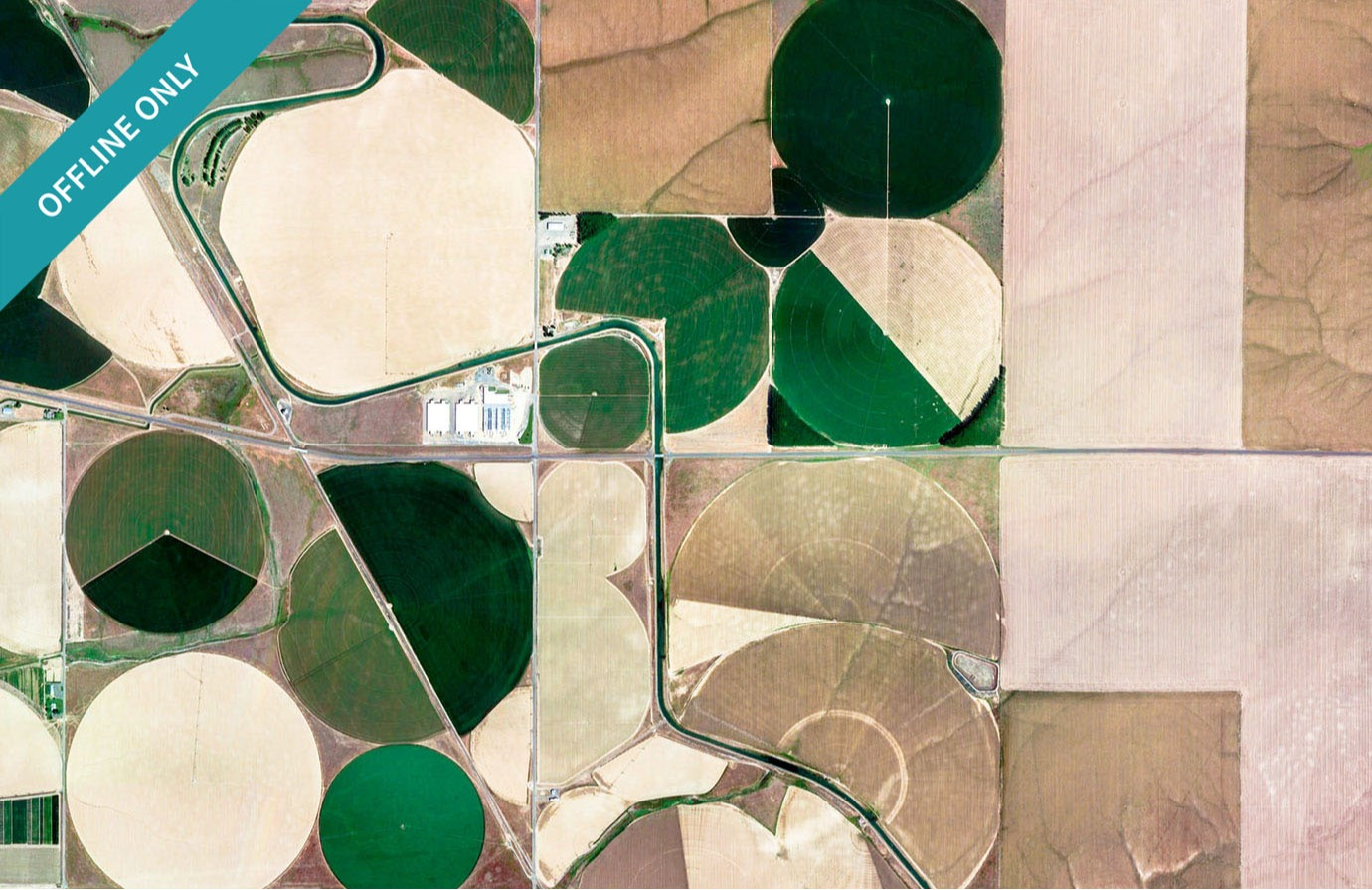Topic outline
This course was created with Adobe Flash technology. Since this technology is no longer supported by modern internet browsers, the online version was removed. The downloadable version and content of the course (text only) are still available. In order to access them, please read the instructions in the System requirements section below.
This course covers the techniques for spatial data acquisition, spatial analysis, modelling, integration of various data sources and sharing spatial information (international standards and interoperability, spatial data infrastructure).


This course is targeted to analysts and technicians in organizations producing or using spatial data, as well as managers and decision makers.
- How spatial data can help improve the quality and scope of activities in organizational processes.
- Methods to obtain spatial data and systems for producing spatial information.
- Interoperability and standards for sharing spatial data.
- Technology behind spatial data infrastructure.
- Techniques to disseminate spatial data.
The course consists of 25 lessons, ranging from approximately 25 to 75 minutes duration each, grouped into four units:
Unit 1 - Introduction to Management of Spatial Information- Lesson 1.1 - Spatial Information Management
- Lesson 1.2 - Importance of Spatial Information
- Lesson 1.3 - Geographic Information
- Lesson 1.4 - Spatial Data Types
- Lesson 1.5 - Geographical Information Systems (GIS)"
- Lesson 1.6 - Principles of Remote Sensing
- Lesson 2.1 - Stages of Spatial Data Handling
- Lesson 2.2 - Data Entry
- Lesson 2.3 - Mobile GIS
- Lesson 2.4 - Spatial Databases
- Lesson 2.5 - Spatial Referencing
- Lesson 2.6 - Map Projections
- Lesson 2.7 - Spatial Data Quality
- Lesson 3.1 - Remote Sensing-Based Spatial Information
- Lesson 3.2 - Retrieval, Classification and Measurement Functions
- Lesson 3.3 - Overlay Functions
- Lesson 3.4 - Neighbourhood Functions
- Lesson 3.5 - Network Analysis
- Lesson 3.6 - Modeling with Spatial Data
- Lesson 3.7 - Integration of Various Data Sources
- Lesson 3.8 - Error Propagation in Analysis
- Lesson 4.1 - International Standards and Interoperability
- Lesson 4.2 - Spatial Data Infrastructure Technology
- Lesson 4.3 - Dissemination of Spatial Data
- Lesson 4.4 - Reporting with Spatial Data
The interactive version of the course is available as a downloadable package and only runs on Windows PC’s and doesn't require any additional software. Please read the following instructions.
The content of the course is also available in text format (pdf).
Evaluate this course
We would be pleased to receive your evaluation of this course, to support us in improving future e-learning courses. Please click on the button below to answer the questions in the form. It should only take you a few minutes!


